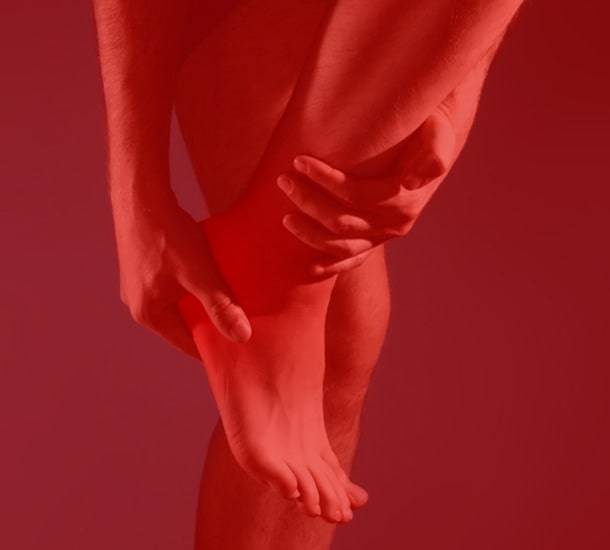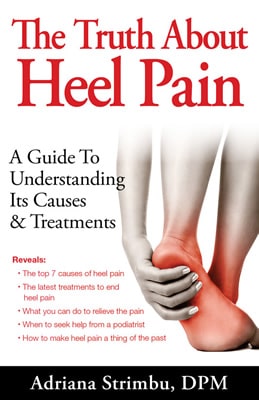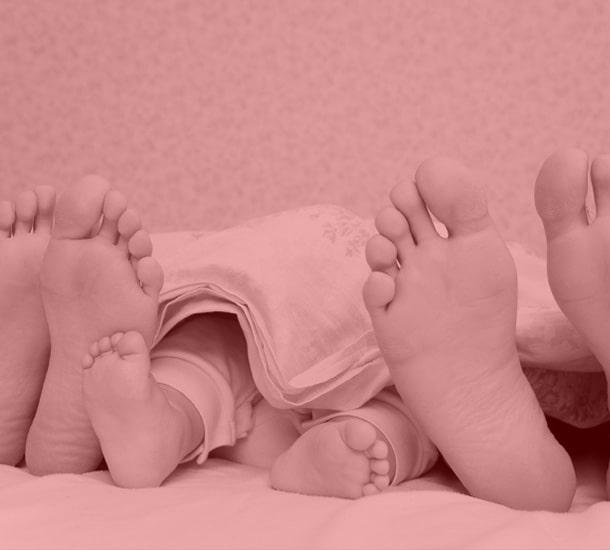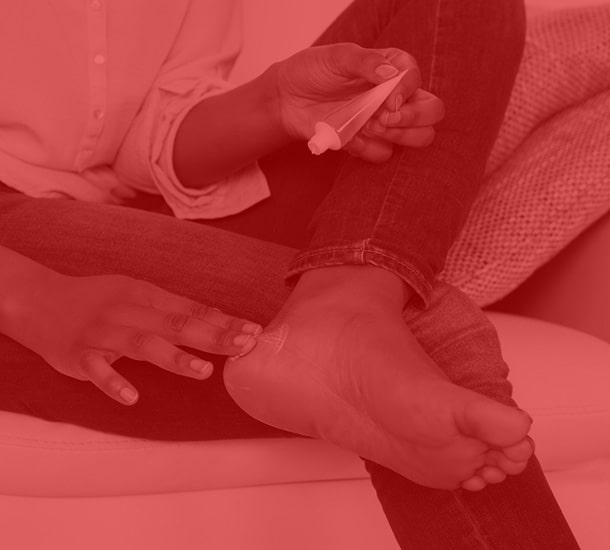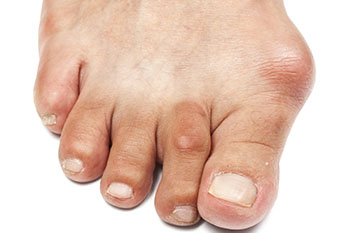
Did you know that bunions run in about 33% of the population?
Yes. You maybe here because you or your loved one is experiencing bunion pain and is seeking treatment for the painful, inflamed, deformed big toe joint. You have come to the right place. Our podiatrist, Dr. Adriana Strimbu, can help with the bunion treatment. She focuses on conservative treatment and will do everything possible to help you avoid bunion surgery. Call our Hallandale Beach podiatry office to schedule your bunion treatment appointment at 954-455-9404 or book your bunion treatment appointment online now.
What is a bunion?
A bunion is a bone bump or deformity due to the joint bone enlargement. It is usually at the base and side of the big toe joint and it is called Hallux Abducto Valgus (HAV). But bunions can also be on the outside of the foot by the base of the 5th toe and they are called Tailor's bunions.
Why do bunions form?
Bunions are formed due to abnormal motion within the joint. This results in the toe moving out of place and causing the bunion bump. It is this bony bump / deformity / enlargement that causes pressure and friction against the shoes, causes pain and inflammation.
As bunions progress, they can cause other toe deformities, such as hammertoes as seen in the picture bellow. The second toe in the picture below is a hammertoe. The below picture also shows a bunion of the big toe or Hallux Abducto Valgus.
Signs and Symptoms of Bunions
- pain, discomfort, inflammation to the area of the bunion due to the constant pressure and rubbing against the shoes.
- redness, tenderness and inflammation over the bump area
- reduced movement to the joint, which will start to hurt more and more when you walk
- formation of calluses to the area due to the pressure, with more pain upon ambulation
- arthritis will form within the joint and can lead to the chronic pain
Risk Factors for Bunions
Some of risks factors for bunions are:
- Wearing ill fitting shoes that are too tight
- Wearing high heels
- Rheumatoid arthritis
- Having flat feet
- Neuromuscular problems
- Foot injury
- Heredity
Diagnosis of Bunions
X-rays are taken to evaluate the bunion and see the extent of the deformity.
MRI can also be used if you wanted to see the soft tissue around the joint.
Treatment for Bunions
There are 2 important goals to be considered in the treatment of a bunion :
- relieve pain and pressure
- stop the progression of the bony deformity (avoid further bone enlargement and deformity)
Some forms of conservative treatment for bunions pain
- Padding to protect the bunion, eliminate the rubbing from the shoes and decrease the inflammation and irritation.
- Wider footwear to accommodate the bunion and avoid friction to the area.
- Corn and callus removal to help decrease pain to the area
- Use of splints to help the bunion joint align properly
- Exercises will help prevent joint stiffness and / or arthritis
- Orthotics (custom or over the counter) will help prevent extra motion within the joint and align the foot in the correct position during walking and exercise.
- Anti-inflmmatory medication to help decrease pain and inflammation.
- Cortisone / steroid injections can also help decrease pain and inflammation.
- Stem cell injections is the newest form of treatment that can help reduce the pain and inflammation.
- Laser pain therapy can be used to reduce the pain and inflammation as well.
Surgical Treatment
Surgical bunion treatment is reserved as a last resort. If the bunion is very enlarged, if the toe has severe misalignment, and if the pain cannot be controlled or reduced with conservative treatments then surgery is usually considered. The bunion surgery is known as a bunionectomy. Surgery is not recommended for cosmetic purposes only.
Commonly Asked Questions About Bunions
Can bunions be prevented?
You can prevent bunions by choosing proper footwear. Choose shoes that are not pointy at the toes and make sure there is enough space within the toe box of the shoe. This will eliminate the unwanted pressure to the toes and prevent putting abnormal stress on the joints that can cause dislocation and deformity. Also, avoid high heel shoes. Wearing custom orthotics can also prevent further progression of the bunions.
What are some complications of bunions?
Some bunion complications are:
Hammertoes, which are contracted toes
Bursitis, which is inflammation of the joint fluid filled pads
Metatarsalgia, which is pressure and inflammation to the bottom of the feet (ball of the feet) causing pain with ambulation
When to see a podiatrist for your bunions?
It is recommended that you consult with a podiatrist when:
- you get pain to the area that does not resolve
- if the joint is red, swollen and hurts with movement
- there is a visible bump to the area
- you have difficulty finding proper shoes due to your bunion deformity
- you have decreased movement of the big toe
